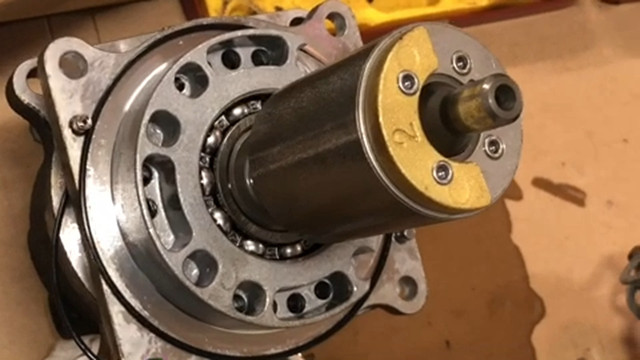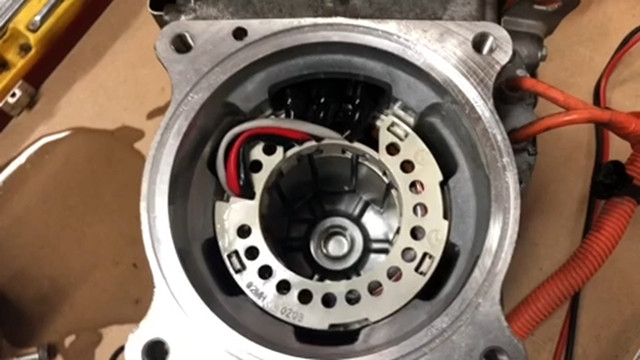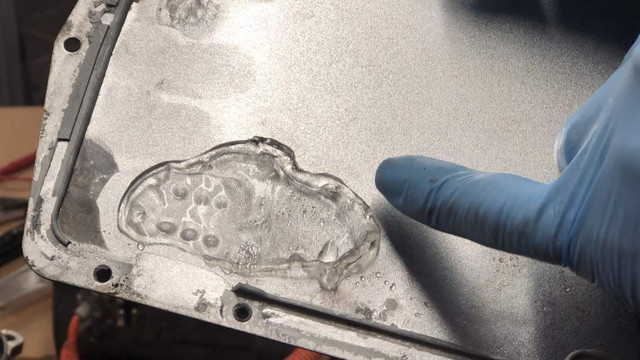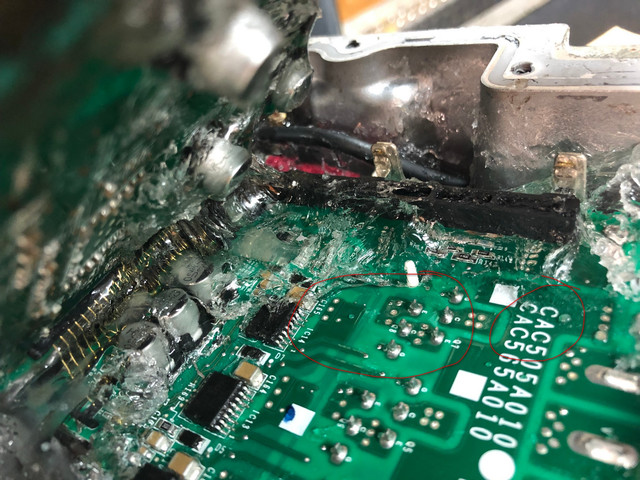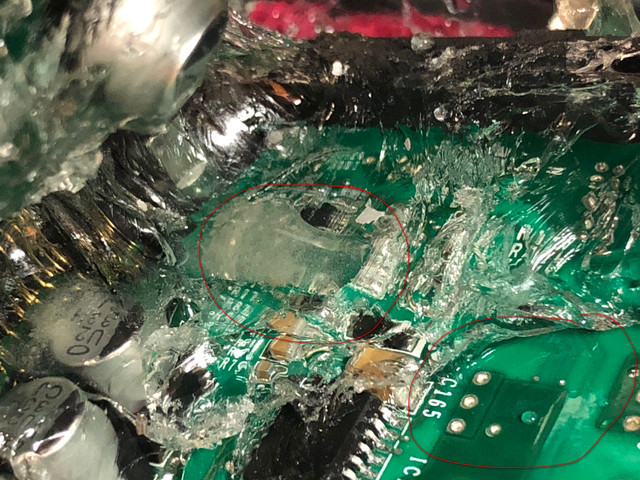DCregulator
New member
- Joined
- Oct 28, 2019
- Messages
- 2
Dear folks,
Just wanted to share a problem i solved wich can save a couple of 1000euros.
I got the exclemation point lamp while heavy braking and went to the dealer to read faults (cannot find ANY app that does that, tips are welcome)
P1A44 and p1a45 were stored faults.
I took the safety out and measured with a hv isolation meter and found a low resistance in the ac pump.
I took the plates and bolts off so i could open the lid and saw moisture in the ac print housing. I dried it and sealed the lid carefully with liquid sealant. One fuse was broken from the ac in the green fusebox under the tiny front hood. After that, ac and heater worked and didnt have any problems for over a month now. So ac pumps might not need replacement all the time.
Keep it up, and beware the rust!
Just wanted to share a problem i solved wich can save a couple of 1000euros.
I got the exclemation point lamp while heavy braking and went to the dealer to read faults (cannot find ANY app that does that, tips are welcome)
P1A44 and p1a45 were stored faults.
I took the safety out and measured with a hv isolation meter and found a low resistance in the ac pump.
I took the plates and bolts off so i could open the lid and saw moisture in the ac print housing. I dried it and sealed the lid carefully with liquid sealant. One fuse was broken from the ac in the green fusebox under the tiny front hood. After that, ac and heater worked and didnt have any problems for over a month now. So ac pumps might not need replacement all the time.
Keep it up, and beware the rust!



































